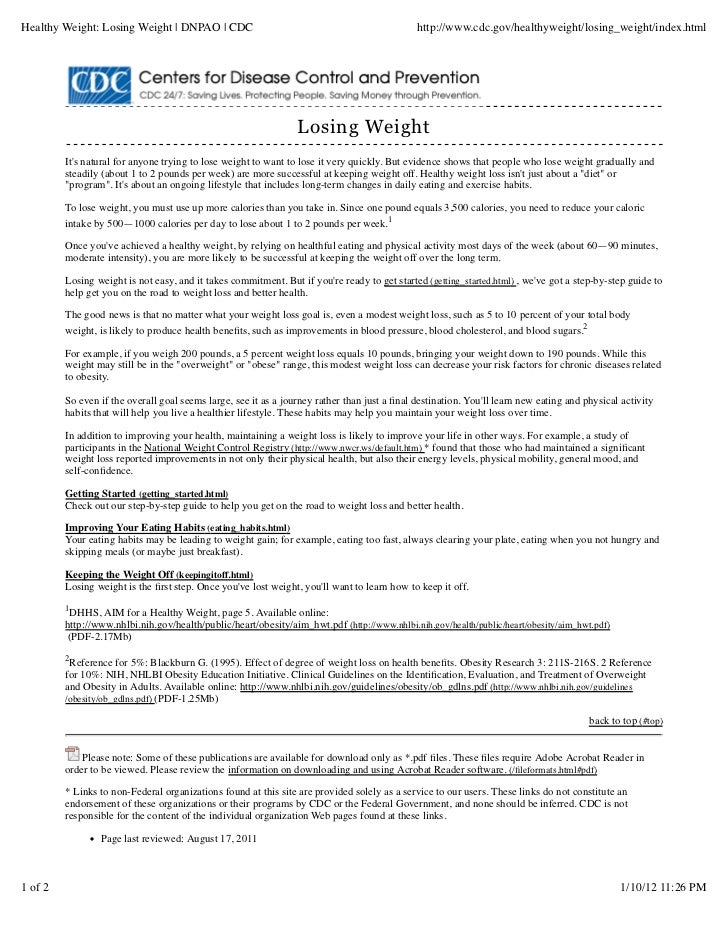
It is important that middle school students are exposed to a nutritional curriculum. These materials are meant to help you make healthier food choices. The Nutrition Facts Label is the foundation of the nutrition curriculum. It features fun, hands-on activities to teach nutrition concepts like calories, serving size, and nutrients. The curriculum is for all levels of teachers and emphasizes an inquiry based approach. It is in line with educational standards. It is vital for parents that their middle school nutrition curriculum meets their child's specific needs and interests.
This middle school nutrition curriculum has the primary purpose of teaching students about the importance and benefits of healthy eating. Many of the resources can be easily modified to meet the elementary school's needs. You can also find some resources on the Internet that you may use in your classroom. However, these resources cannot be downloaded directly through WeTeachNYC. They are instead linked to another site. You can adapt some of these resources for middle school use, but others are best suited to specific circumstances.

Although there is no scientific evidence to support the claims, many school-based nutrition programs provide professional development for teachers. While attendance is generally high, implementation rates can vary greatly from 30% up to 90%. One study revealed that teachers who had more enthusiasm were more likely than others to successfully implement the behaviorally based diet curriculum. The non-significant results could be due to this, according to researchers. It is important that middle school nutrition curriculums be able to meet the nutritional needs students.
A healthy middle school curriculum will incorporate special events like health fairs, assemblies, and guest speakers to teach nutrition. A recent survey found that nearly three-quarters (75%) of middle school schools included these activities in their nutrition education. Sixty-seven percent held a health fair, and fifty-three per cent used an assembly. This is a great resource for teachers who want to reach a diverse audience.
Healthy eating habits should be part of the curriculum. The nutrition curriculum should also be integrated with other academic subjects. It is important that the school understands the students' daily habits and their food preferences. It should be an integral part of the middle school curriculum. It should be incorporated into the school's daily life. Incorporate nutrition education into middle school life. It is an integral part of the health and wellness education.

It can be difficult to implement a middle-school nutrition curriculum. It can be tedious and time-consuming to ensure that all students are getting the correct information. The majority of public schools lack a central coordinator for nutrition. Teachers are responsible for creating and executing their own lessons. Teachers must be aware of what makes a lesson a success or not. They should also be aware of the importance of different types of foods and how to incorporate them into their meals.
FAQ
Is cold a sign of a weak immune response?
Cold can make you less immune to infection because your body makes fewer white blood cells, which are essential for fighting infections. You will feel less pain if you are cold.
How do you measure body fat?
A Body Fat Analyzer (BFA) is the best method to measure bodyfat. These devices can be used to measure body fat percentages in people who are trying to lose weight.
Is it possible to have a weak immune system due to being cold?
It is said that there are 2 types of people: those who love winter (and those who hate it). It doesn't matter if you love it or not, it is possible to wonder why it makes you feel so miserable when it gets cold outside.
The reason is simple: Our bodies are made to function well in warm temperatures. We evolved to thrive in hot environments because of the abundance of food resources.
But now we live in an environment that is very different from how our ancestors lived. We spend more time indoors, are exposed to extreme temperatures (cold/heat), and eat processed food rather than fresh.
Because of this, our bodies have become accustomed to extremes. When we do venture out, our bodies are unable to cope with the extremes.
However, there are some ways to reduce these effects. You can combat these effects by making sure you are well-hydrated all day. You can help flush toxins out of your body by drinking plenty of water.
You must also ensure that you are eating healthy foods. Eating nutritious foods helps your body maintain its optimal temperature. This is particularly helpful for anyone who spends long periods of time inside.
Consider taking a few moments each morning to meditate. Meditation can relax your mind and make it easier manage stress and illness.
How do I know what's good for me?
You need to listen to your body. Your body knows best when it comes to how much exercise, food, and rest you need. It's important to pay attention to your body so you don't overdo things. Listen to your body and make sure you're doing everything you can to stay healthy.
Do I need to count calories
Perhaps you are wondering what the best diet is for you. or "is counting calories necessary?" It depends on many factors such as your current health, personal goals, preferences, and overall lifestyle.
The Best Diet - Which One Is Right To You?
My current health, my personal goals and lifestyle will determine the best diet for me. There are many diets available, some good and others not so good. Some work well for certain people while others don't. What should I do? How can I make the right choice?
These questions are addressed in this article. It starts with a brief introduction of the different types of diets available today. Next, we'll discuss the pros and cons for each type of diet. Then, we will discuss which diet is the best.
Let's begin by briefly reviewing the different types and diets.
Diet Types
There are three main types, low fat, high protein, or ketogenic diets. Let's take a look at them all below.
Low Fat Diets
A low fat diet is a diet that restricts the amount of fats consumed. This is achieved by reducing saturated fats like butter, cream cheese, and other dairy products. and replacing them with unsaturated fats (olive oil, avocados, etc.). For those looking to lose weight quickly, a low-fat diet is often recommended. This kind of diet could cause problems like constipation or heartburn and indigestion. Vitamin deficiencies can also occur if the person doesn't get enough vitamins through their diet.
High Protein Diets
High protein diets restrict carbohydrates in favor of proteins. These diets often have higher levels of protein than most other diets. These diets can help increase muscle mass and decrease calories. The downside is that they may not provide adequate nutrition for someone who needs to eat regularly. They are not suitable for all people because they can be restrictive.
Ketogenic Diets
Also known as keto diets, ketogenic diets are also called keto diets. They are high-fat and low in carbs and protein. These foods are popular among athletes and bodybuilders as they allow them to train harder, longer and without becoming tired. To avoid side effects such as fatigue, nausea, headaches, or other unpleasant side effects, you must strictly adhere to their instructions.
Statistics
- Extra virgin olive oil may benefit heart health, as people who consume it have a lower risk for dying from heart attacks and strokes according to some evidence (57Trusted Source (healthline.com)
- nutrients.[17]X Research sourceWhole grains to try include: 100% whole wheat pasta and bread, brown rice, whole grain oats, farro, millet, quinoa, and barley. (wikihow.com)
- This article received 11 testimonials and 86% of readers who voted found it helpful, earning it our reader-approved status. (wikihow.com)
- According to the 2020 Dietary Guidelines for Americans, a balanced diet high in fruits and vegetables, lean protein, low-fat dairy and whole grains is needed for optimal energy. (mayoclinichealthsystem.org)
External Links
How To
What does the word "vitamin" mean?
Vitamins are organic compounds that can be found in foods. Vitamins allow us to absorb nutrients from food. Vitamins cannot come from the body so food must provide them.
There are two types vitamins: water soluble or fat soluble. Water soluble vitamins dissolve easily in water. Some examples include vitamin C,B1 and B2 vitamins (thiamine), B2 and riboflavin, B3 and B6 vitamins (niacin), folic acids, biotin, pantothenic acids, and cholesterol. The liver and fat soluble vitamins are stored within the liver and in fatty tissue. Vitamin D, E, K and A are some examples.
Vitamins are classified according their biological activity. There are eight major vitamin groups:
-
A - Vital for normal growth and maintaining good health.
-
C - essential for nerve function and energy generation.
-
D – Essential for healthy teeth, bones and joints
-
E - needed for good vision and reproduction.
-
K - essential for healthy muscles, nerves, and bones.
-
P - Essential for strong bones and teeth.
-
Q - aids digestion, absorption and absorption iron
-
R - Required for red blood cell production
The recommended daily allowance (RDA), for vitamins, varies depending upon age, gender, or physical condition. The U.S. Food and Drug Administration (FDA) sets the RDA values.
For adults over 19 years, the RDA is 400 mg per day for vitamin A. However, pregnant women need 600 micrograms per day because it is important for fetal development. Children ages 1-8 require 900 micrograms per day. Infants under one year of age require 700 micrograms per day, but this amount decreases to 500 micrograms per day between 9 months and 12 months of age.
Children aged 1-18 years need 800 micrograms daily, while children overweight require 1000 micrograms per days. Children who are severely obese or underweight will need 1200 micrograms each day.
Children 4-8 years old who have anemia must consume 2200 micrograms of Vitamin C daily.
Adults over 50 years of age need 2000 micrograms per day for general health. Due to their increased nutrient needs, pregnant and breastfeeding women need 3000 micrograms daily.
1500 micrograms are required daily by adults over 70 because they lose approximately 10% of their muscle each decade.
Women who are pregnant or lactating need more than the RDA. Pregnant women need 4000 micrograms per dayduring pregnancy and 2500 micrograms per day after delivery. Breastfeeding mothers require 5000 micrograms daily when breast milk production is occurring.